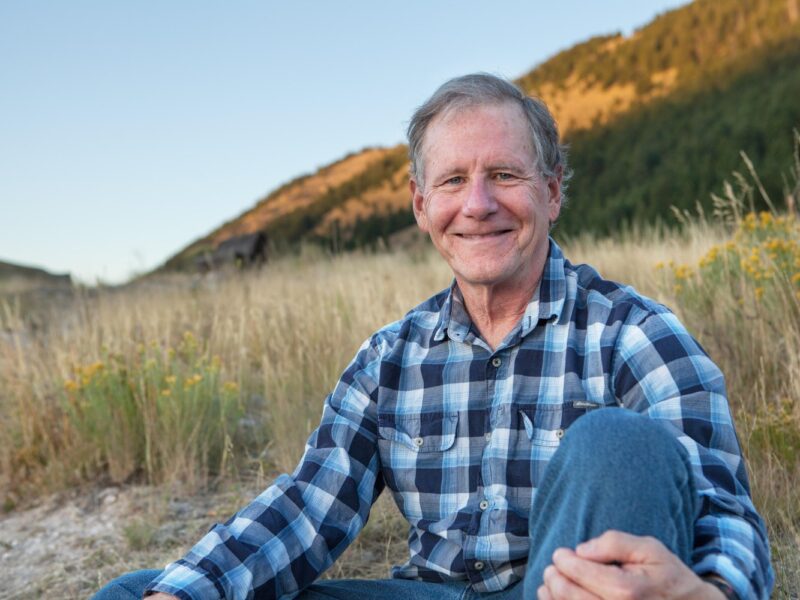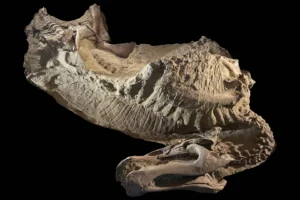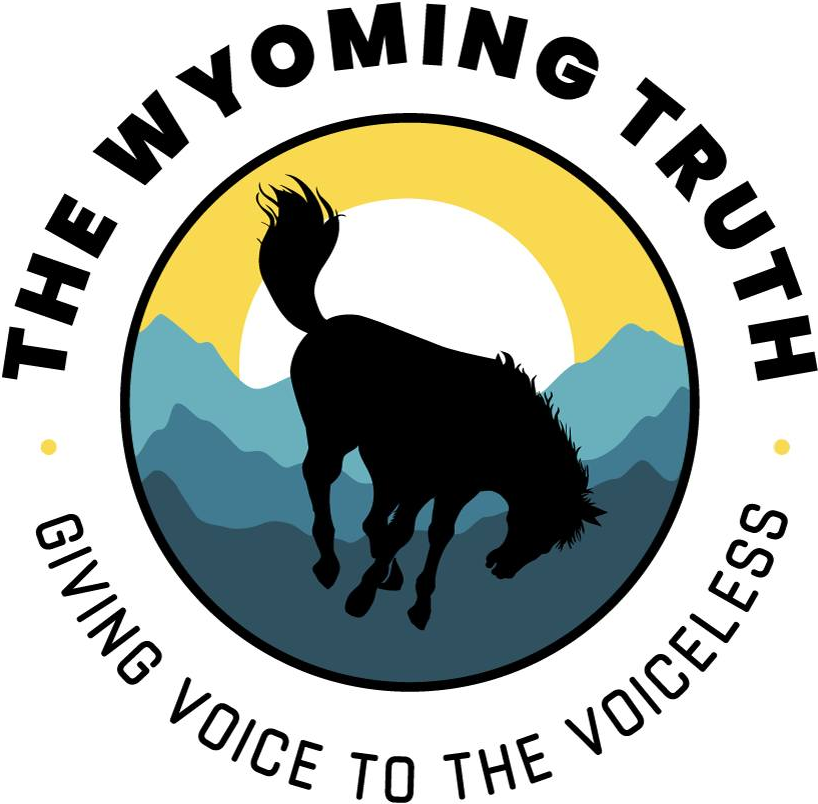Making It Work: Town Council Member Grapples with Jackson Housing Shortage
New policies being considered to create more affordable housing
- Published In: Other News & Features
- Last Updated: Apr 04, 2022

Jonathan Schechter, a member of the Jackson Town Council, is working with his colleagues to find solutions to the housing shortage. (Courtesy photo)
By Madeline Thulin
Special to the Wyoming Truth
When Jonathan Schechter arrived in Jackson over thirty years ago, he didn’t have much money and found himself living in “at least ten different places in ten years,” he recalled. “Sometimes I got booted, sometimes I had the opportunity to live with other people…If you wanted to be in Jackson, you had to take what you get or leave for better housing.”
Schechter understands all too well the challenges of finding affordable housing today in uber-expensive Jackson. The cost of housing in Jackson is 347.2% the average national price of housing, according to calculations by BestPlaces, a website that compares U.S. location prices. As one of the five part-time members of the Jackson Town Council, Schechter is working with his colleagues on new policies to manage the housing shortage.
“It is difficult for the government to stay abreast of the housing issue as the problem is changing much faster than we can respond,” Schechter said in an interview with the Wyoming Truth. But he added, “The government is doing everything we can within our power to address the affordable housing issue.”
Here are some of the new initiatives that the nonpartisan Town Council is contemplating:
· The Family Stabilization Pilot program provides families with school-aged children access to housing by collaborating with community organizations to provide low-cost rental housing. The town and county are providing $50,000 in combined funding for this test program.
· The First/Last Deposit Pilot program partners with community organizations to provide assistance to households and help them obtain their first and last deposits for housing. The town and county are providing $50,000 in combined funding for this pilot project.
· The Accessory Residential Unit Program Pilot is a design competition that will result in two to four housing designs that can be built in Jackson. The town and county are providing $100,000 in combined funding for this pilot.
Another priority is to decrease area residents’ commuting time to and from Jackson by providing local housing. The employees specified include the Teton County Sheriff, Town of Jackson Police Department, Teton County School District #1, Lower Valley Energy, Town of Jackson Plow Drivers, St. John’s Health and Jackson Hole Fire/EMS. These workers are prioritized because they provide critical services to Jackson. It’s unclear how this will be funded.
Schechter noted that while the town is working hard to ameliorate the housing problem, “The local government is not creating the problem and does not have the funds to solve it. This is a large order of magnitude.” That’s because, he said, the town government levies minimal taxes and therefore does not have sufficient money to manage the housing shortage.
This has been a problem for decades, Schechter said. “If you go back to the mid-1980s, then that was the last time that the median Jackson Hole derived income could afford a medium Jackson Hole house,” he said. “In the mid-1980s, there was a pretty good balance between the supply of housing and what people could afford.”
But in recent years, Jackson has experienced a significant influx of residents who not only work remotely from their homes but generate more income than many Jackson workers who hold service-related jobs in the community. The addition of high-income residents has spurred much of the rise in housing costs.
Schechter was fortunate because he got into Jackson before the skyrocketing costs. In the early 1990s, he bought a lot in Indian Trails, the last subdivision incorporated in Jackson. He learned about the 0.4 acre-lot from a friend at the now-defunct Slim Chance Athletic Club in town and bought it the next day for $85,500. But he couldn’t build a house then due to the expense. Several years later, he said, “I bought a pre-existing home and moved it to the lot.” The total cost for his three-bedroom, two-bath house with a loft garage was about $350,000. “I was lucky to find the place, and it worked out for me,” he said.
Housing is part of what Schechter scrutinizes as founder and executive director of Charture, a nonprofit thinktank that focuses on sustaining the aesthetics and environmental character of Jackson and other places. Schechter, who was elected to the Town Council in 2018, served as an elected member of the board of trustees of what is now known as St. John’s Health hospital from 1994 to 2002.
Schechter was taken aback by a recent study undertaken by the town and county that found a need for 5,000 more houses in the Teton region, which would cost about $2.5 billion.
“Now,” he said, “the question is how we best go about thinking of affordable housing.”
Most of Jackson’s land is in the public sector and can’t be developed because it’s being preserved for its natural beauty. The irony is, it’s because of its natural beauty that so many people want to live here. And yet, what can be done, Schechter asks: “If you have enough money, you can live here. Is it right? Is it fair? Is this the type of community we want to have?”













